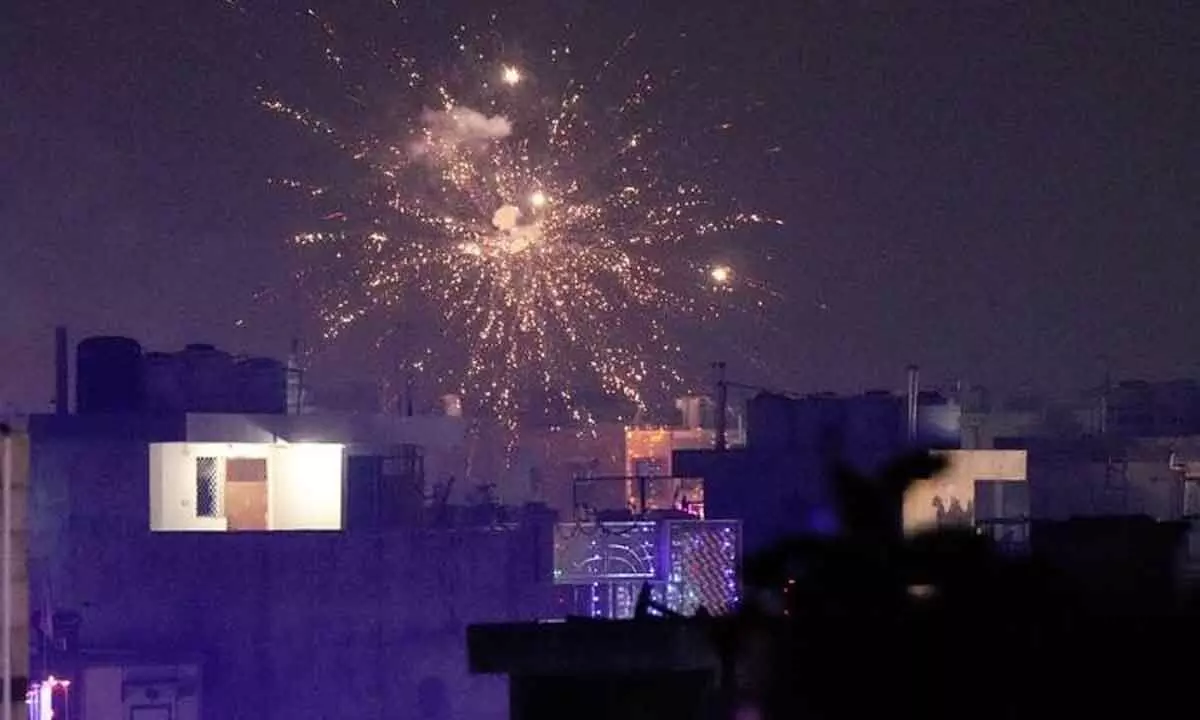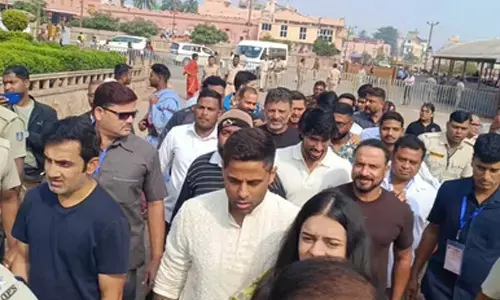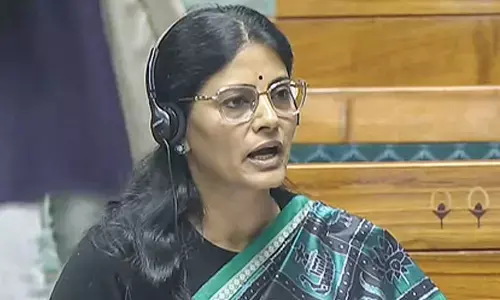Firecrackers ban flouted in Delhi; air quality dips post-Diwali
Share :

Post-Diwali, Delhi-NCR's air quality has significantly deteriorated, falling into the 'Poor' category, according to the Central Pollution Control Board (CPCB).
Post-Diwali, Delhi-NCR's air quality has significantly deteriorated, falling into the 'Poor' category, according to the Central Pollution Control Board (CPCB). This comes after the city was engulfed in a thick layer of smog following the bursting of firecrackers on Diwali night.
Despite the AAP government's complete ban on firecrackers and the 'Diya Jalao, Patakhe nahi' campaign, visuals from various parts of Delhi, including Lodhi Road, RK Puram, Karol Bagh, and Punjabi Bagh, showed fireworks lighting up the night sky on Sunday. In the early morning hours (Monday), 'poor' air quality was observed around the Lodhi Road area at 5:54 am and the Rajghat area at 6:05 am, as per the CPCB. Additionally, firecracker waste was seen in various places post-Diwali celebrations.
According to the CPCB, the Air Quality Index (AQI) in various parts of Delhi, recorded at 8 am, is as follows: Shadipur and Anand Vihar AQI fall under the very poor category, with readings of 321 and 312, respectively. The AQI at Wazirpur, ITO, Burari crossing, and Anand Vihar all fall under the poor category, with readings of 281, 263, 279, and 296 respectively. On November 12, according to the data from the CPCB, the AQI in Anand Vihar was at 266, while at RK Puram it was recorded at 241 on Sunday morning at 07.00 am. Similarly, in the Punjabi Bagh area it was at 233, and in the ITO area it was recorded at 227.
The national capital has been struggling with pollution for the last few weeks. The AQI at many places peaked in the ' severe' category and continued to remain toxic for several days. Recently, Arvind Kejriwal-led AAP government in Delhi imposed a complete ban on firecrackers. In the wake of the pollution situation, the government even considered the idea of 'artificial rain' to tackle the foul air in the city, until sudden rainfall brought a major respite, lowering the pollution level.
Previous data related to pollution shows that since the last week of October, the national capital's air quality has been at its worst. The concentration of PM 2.5 in the city has been recorded at 20 times the limit prescribed by the World Health Organisation, prompting the city government to order the closure of all primary classes and restrict the entry of trucks.














